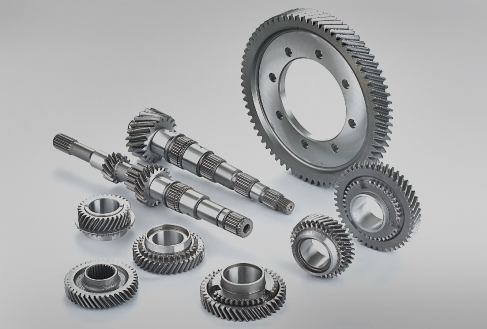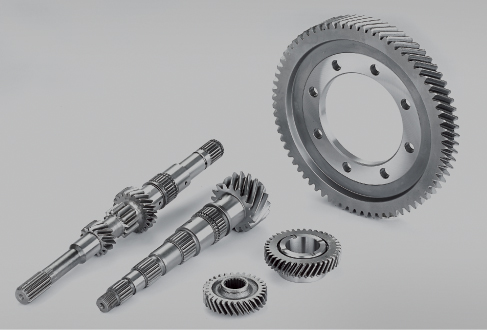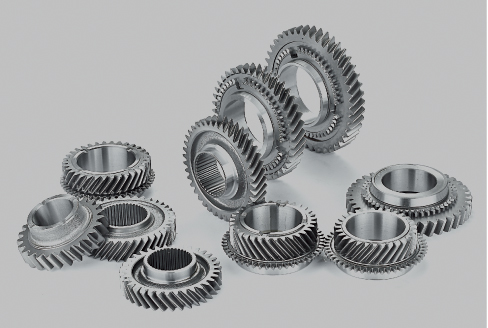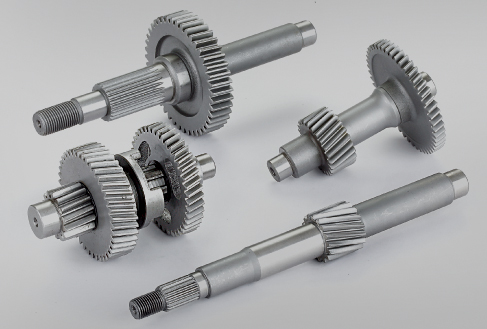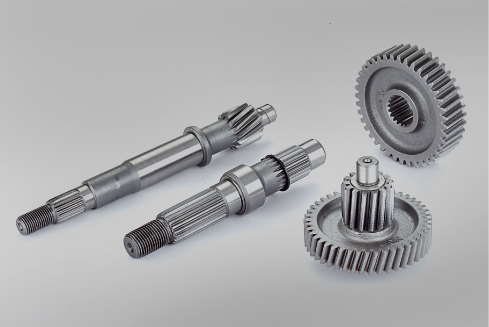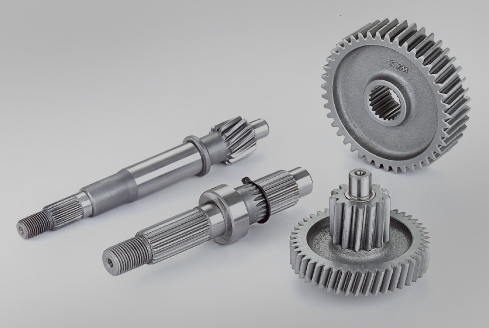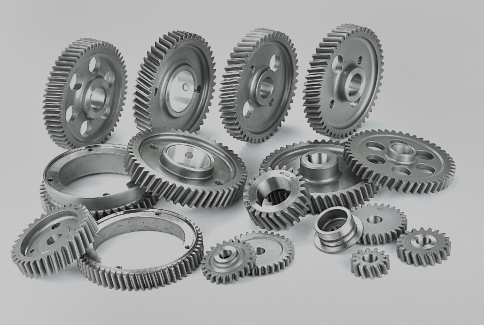Professional manufacturer of automobile transmission gears, mechanical engineering gears, engine gears, light and heavy trucks, and truck transmission gears.
Enhancing Rider Safety: Innovations in Motorcycle Gear
Update time:2024/01/24
Sales Motorcycle Gear, Design Motorcycle Gear, Motorcycle Gear Price
In recent years, the motorcycle industry has witnessed a significant shift towards prioritizing rider safety, prompting manufacturers to invest heavily in developing advanced motorcycle gear. This commitment stems from a collective understanding that safety is paramount when it comes to enjoying the thrill of riding on two wheels. In this article, we will explore various innovations and features integrated into modern motorcycle gear that contribute to elevating rider safety standards.
Impact-Resistant Armor:
One of the key features in contemporary motorcycle gear is the incorporation of impact-resistant armor. This specialized padding is strategically placed in areas prone to injury, such as shoulders, elbows, and knees. The materials used are designed to absorb and dissipate impact energy, reducing the risk of injury in the event of an accident.
Abrasion-Resistant Fabrics:
Motorcycle gear now commonly employs advanced textiles that offer good abrasion resistance. These fabrics provide an additional layer of protection against road rash in case of a slide or fall. Manufacturers often use a combination of materials like Cordura and Kevlar to achieve good durability without compromising flexibility.
CE-Certified Protectors:
Many modern motorcycle jackets and pants come equipped with CE-certified protectors. These standardized protectors undergo rigorous testing to ensure they meet specific impact protection standards. This certification offers riders the confidence that their gear has been thoroughly evaluated for its ability to safeguard against impacts.
Integrated Ventilation Systems:
Rider comfort is an integral aspect of safety, as discomfort can distract and compromise focus. Advanced motorcycle gear often includes integrated ventilation systems that facilitate airflow, keeping riders cool during warm weather. Maintaining a comfortable temperature enhances concentration, contributing to safer riding.
Reflective Elements for Visibility:
Increased visibility is crucial, especially when riding in low-light conditions. Reflective elements incorporated into motorcycle gear significantly improve a rider's visibility to other road users. Jackets, helmets, and pants with strategically placed reflective accents enhance safety during nighttime or adverse weather conditions.
Adjustable Fitment Options:
Achieving the perfect fit is essential for the effectiveness of motorcycle gear. Adjustable straps, closures, and ergonomic designs are now standard features, allowing riders to customize the fit for maximum comfort and functionality. A well-fitted gear enhances control and reduces the risk of distraction while riding.
Waterproof and Weather-Resistant Materials:
Unpredictable weather conditions pose additional challenges for riders. Many motorcycle gear manufacturers now use waterproof and weather-resistant materials to keep riders dry and comfortable during unexpected rain or adverse weather. Staying dry contributes to overall rider well-being and focus on the road.
Connectivity Features:
With the integration of technology into everyday life, motorcycle gear has also evolved to include connectivity features. Helmets with built-in communication systems and jackets with smart technology interfaces allow riders to stay connected without compromising safety. Hands-free communication enhances rider awareness and responsiveness.
Innovative Helmet Designs:
Helmets are a critical component of motorcycle gear, and recent innovations focus on enhancing their protective capabilities. Advanced helmet designs incorporate materials like carbon fiber and reinforced polymers to achieve a balance between strength and weight. Aerodynamic shapes also contribute to stability at higher speeds.
Anti-Fog Visors:
Vision is paramount for safe riding, and anti-fog visors address a common challenge faced by riders in varying weather conditions. Motorcycle helmets now come equipped with anti-fog coatings on visors, ensuring clear visibility in cold or humid environments.
In conclusion, the evolution of motorcycle gear reflects a collective effort within the industry to prioritize rider safety. The integration of impact-resistant armor, abrasion-resistant fabrics, CE-certified protectors, ventilation systems, reflective elements, adjustable fitment options, weather-resistant materials, connectivity features, innovative helmet designs, and anti-fog visors collectively contributes to creating a safer riding experience. As riders continue to demand enhanced safety measures, manufacturers are likely to explore and implement further innovations to meet these expectations and ensure the well-being of motorcycle enthusiasts worldwide.

 简体中文
简体中文 English
English España
España Русский язык
Русский язык
